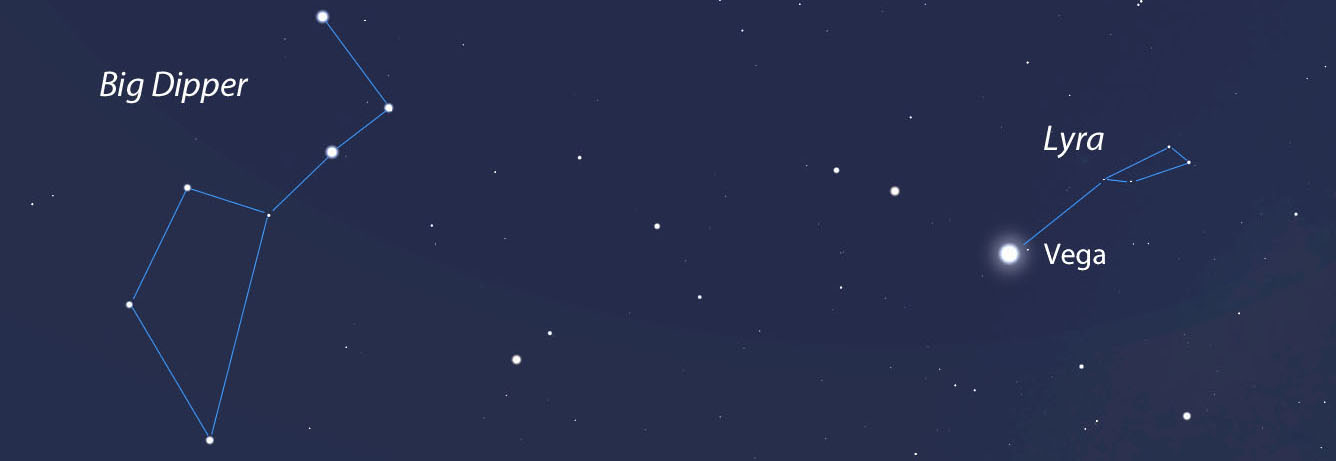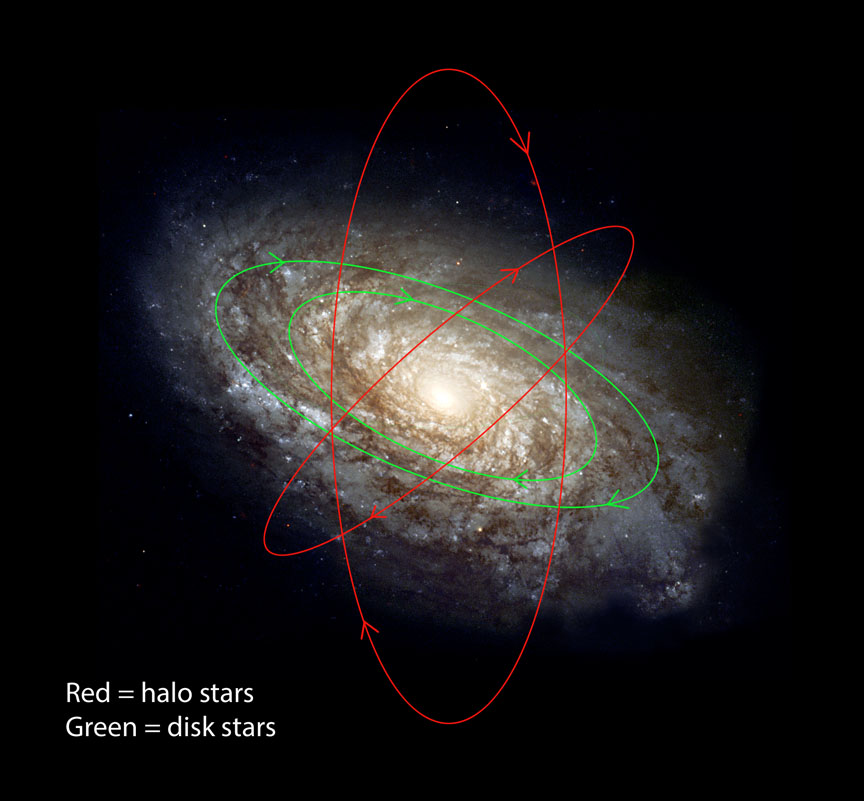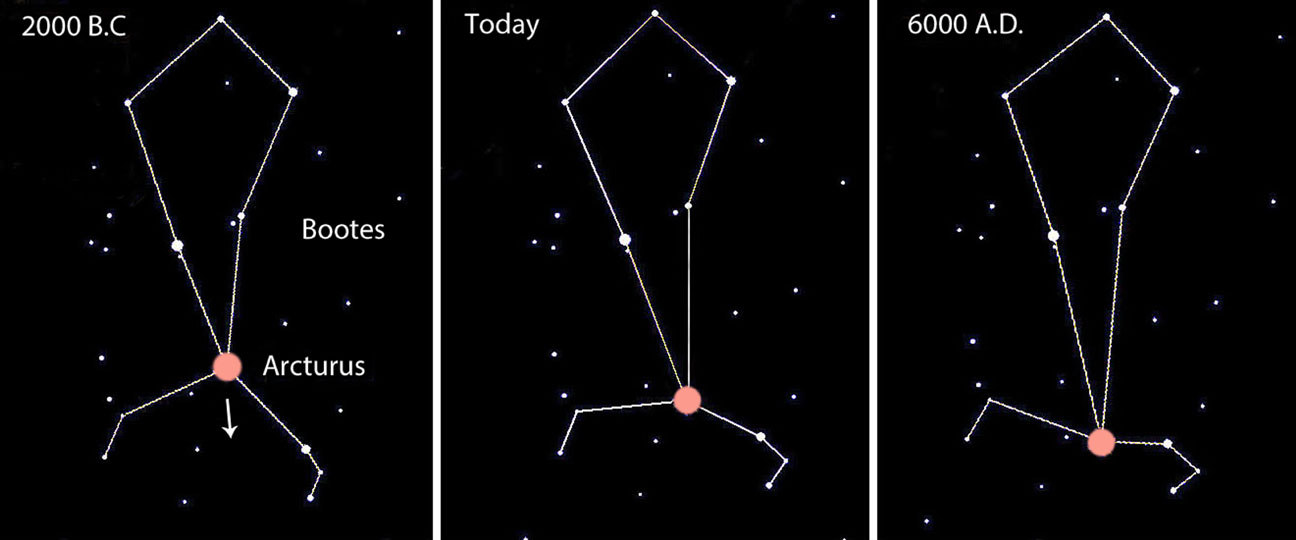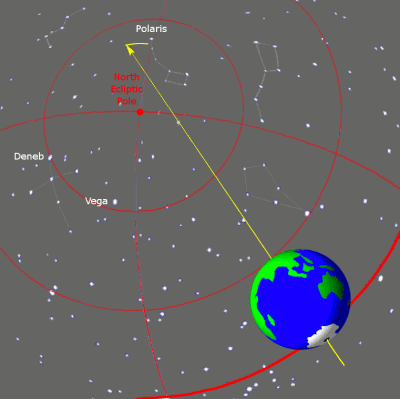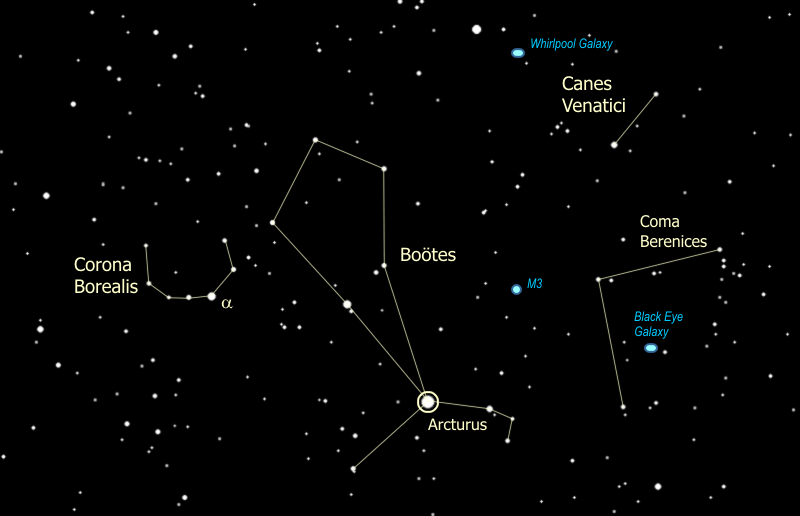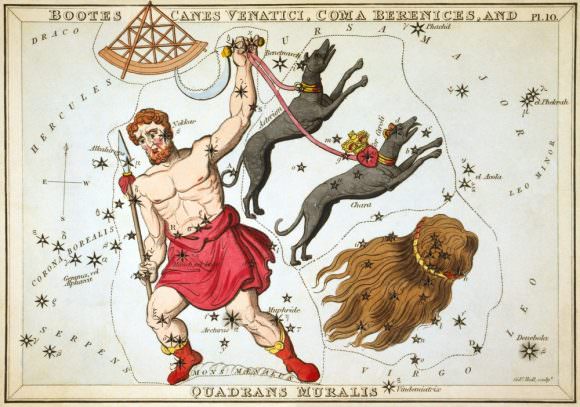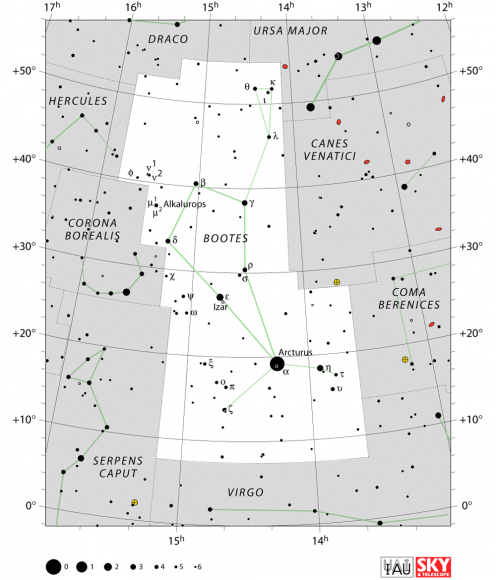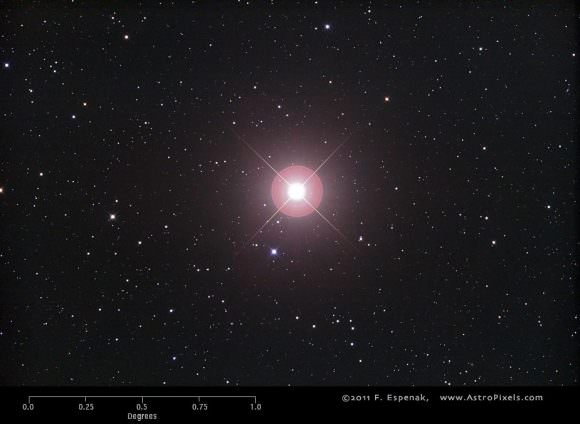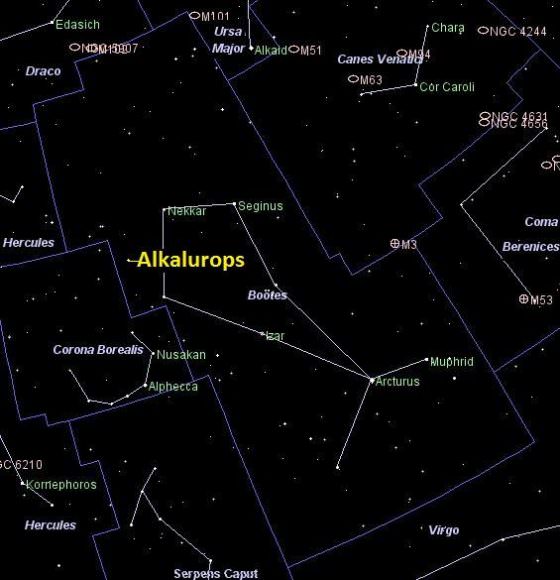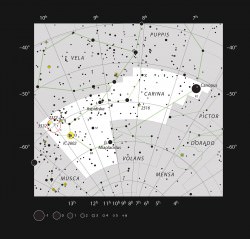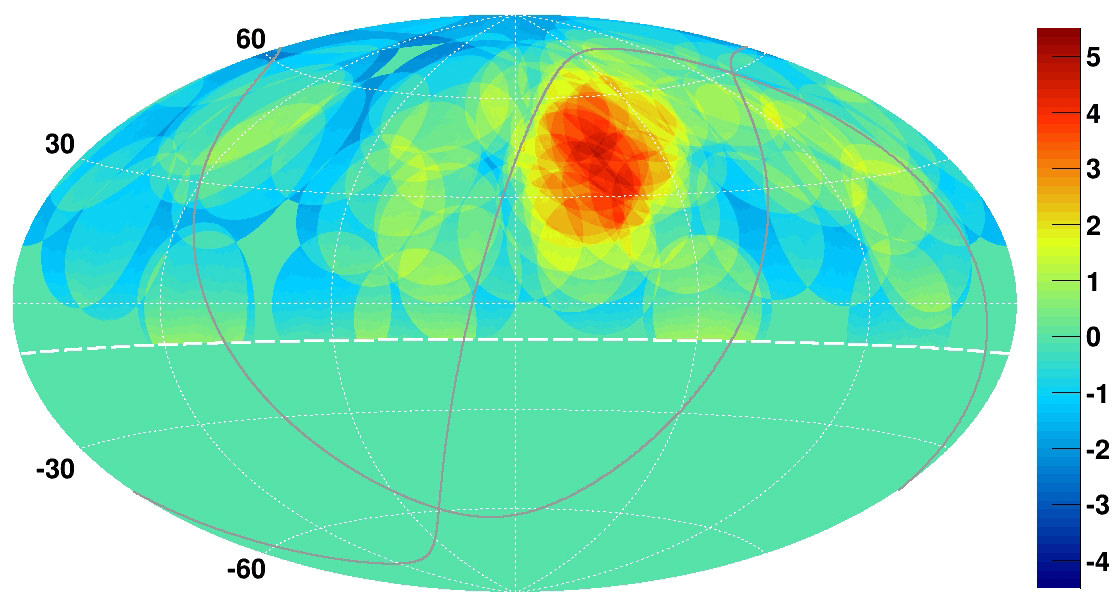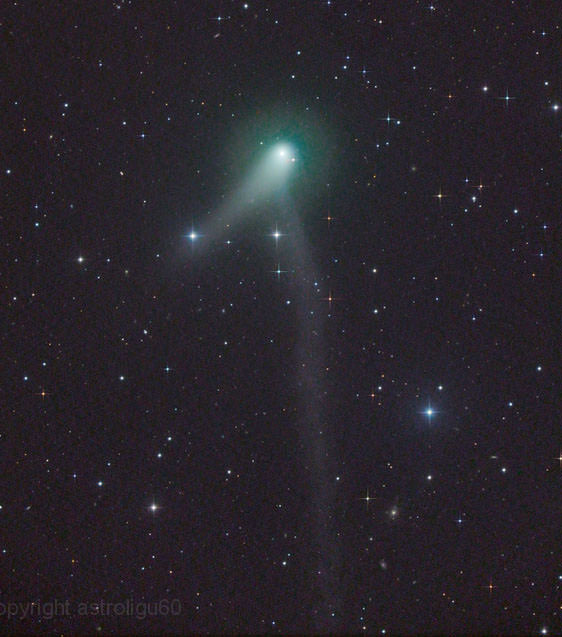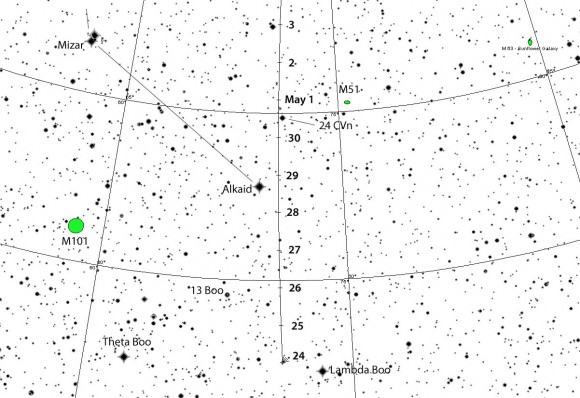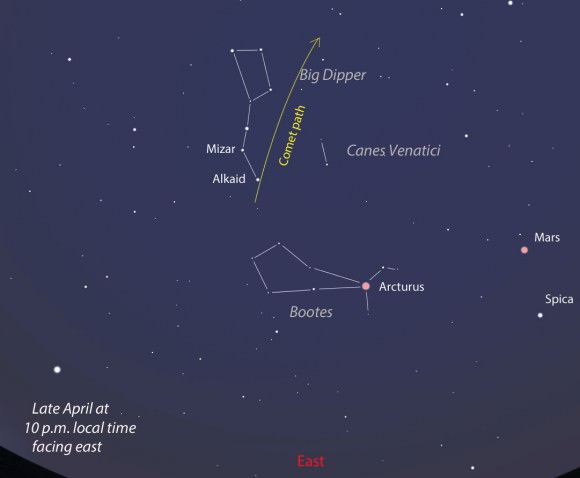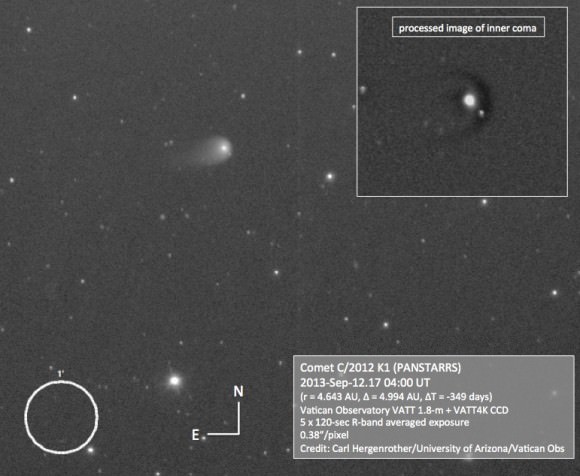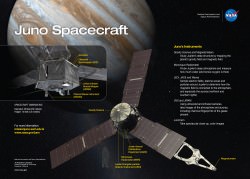The night sky, is the night sky, is the night sky. The constellations you learned as a child are the same constellations that you see today. Ancient people recognized these same constellations. Oh sure, they might not have had the same name for it, but essentially, we see what they saw.
But when you see animations of galaxies, especially as they come together and collide, you see the stars buzzing around like angry bees. We know that the stars can have motions, and yet, we don’t see them moving?
How fast are they moving, and will we ever be able to tell?
Stars, of course, do move. It’s just that the distances are so great that it’s very difficult to tell. But astronomers have been studying their position for thousands of years. Tracking the position and movements of the stars is known as astrometry.
We trace the history of astrometry back to 190 BC, when the ancient Greek astronomer Hipparchus first created a catalog of the 850 brightest stars in the sky and their position. His student Ptolemy followed up with his own observations of the night sky, creating his important document: the Almagest.
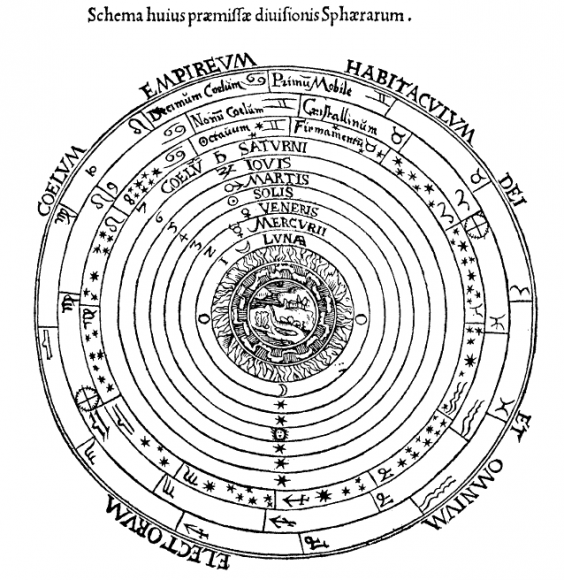
In the Almagest, Ptolemy laid out his theory for an Earth-centric Universe, with the Moon, Sun, planets and stars in concentric crystal spheres that rotated around the planet. He was wrong about the Universe, of course, but his charts and tables were incredibly accurate, measuring the brightness and location of more than 1,000 stars.
A thousand years later, the Arabic astronomer Abd al-Rahman al-Sufi completed an even more detailed measurement of the sky using an astrolabe.

One of the most famous astronomers in history was the Danish Tycho Brahe. He was renowned for his ability to measure the position of stars, and built incredibly precise instruments for the time to do the job. He measured the positions of stars to within 15 to 35 arcseconds of accuracy. Just for comparison, a human hair, held 10 meters away is an arcsecond wide.
Also, I’m required to inform you that Brahe had a fake nose. He lost his in a duel, but had a brass replacement made.
In 1807, Friedrich Bessel was the first astronomer to measure the distance to a nearby star 61 Cygni. He used the technique of parallax, by measuring the angle to the star when the Earth was on one side of the Sun, and then measuring it again 6 months later when the Earth was on the other side.

Over the course of this period, this relatively closer star moves slightly back and forth against the more distant background of the galaxy.
And over the next two centuries, other astronomers further refined this technique, getting better and better at figuring out the distance and motions of stars.
But to really track the positions and motions of stars, we needed to go to space. In 1989, the European Space Agency launched their Hipparcos mission, named after the Greek astronomer we talked about earlier. Its job was to measure the position and motion of the nearby stars in the Milky Way. Over the course of its mission, Hipparcos accurately measured 118,000 stars, and provided rough calculations for another 2 million stars.
That was useful, and astronomers have relied on it ever since, but something better has arrived, and its name is Gaia.
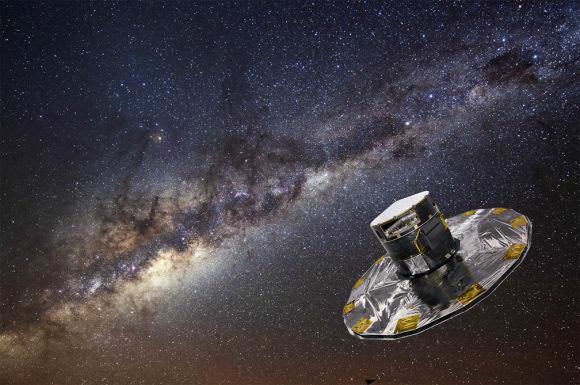
Launched in December 2013, the European Space Agency’s Gaia in is in the process of mapping out a billion stars in the Milky Way. That’s billion, with a B, and accounts for about 1% of the stars in the galaxy. The spacecraft will track the motion of 150 million stars, telling us where everything is going over time. It will be a mind bending accomplishment. Hipparchus would be proud.
With the most precise measurements, taken year after year, the motions of the stars can indeed be calculated. Although they’re not enough to see with the unaided eye, over thousands and tens of thousands of years, the positions of the stars change dramatically in the sky.
The familiar stars in the Big Dipper, for example, look how they do today. But if you go forward or backward in time, the positions of the stars look very different, and eventually completely unrecognizable.
When a star is moving sideways across the sky, astronomers call this “proper motion”. The speed a star moves is typically about 0.1 arc second per year. This is almost imperceptible, but over the course of 2000 years, for example, a typical star would have moved across the sky by about half a degree, or the width of the Moon in the sky.
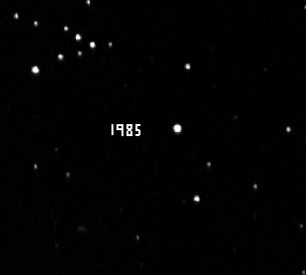
The star with the fastest proper motion that we know of is Barnard’s star, zipping through the sky at 10.25 arcseconds a year. In that same 2000 year period, it would have moved 5.5 degrees, or about 11 times the width of your hand. Very fast.
When a star is moving toward or away from us, astronomers call that radial velocity. They measure this by calculating the doppler shift. The light from stars moving towards us is shifted towards the blue side of the spectrum, while stars moving away from us are red-shifted.
Between the proper motion and redshift, you can get a precise calculation for the exact path a star is moving in the sky.
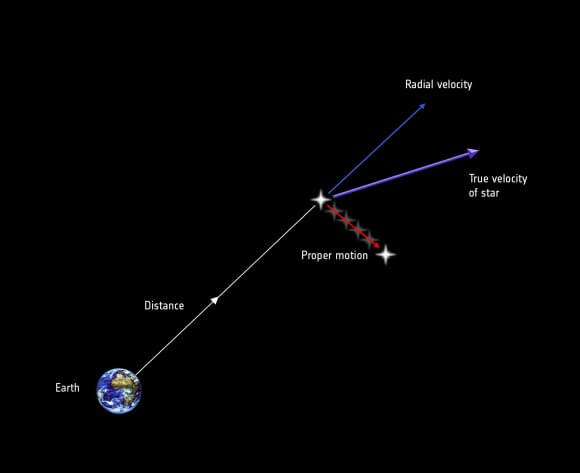
We know, for example, that the dwarf star Hipparcos 85605 is moving rapidly towards us. It’s 16 light-years away right now, but in the next few hundred thousand years, it’s going to get as close as .13 light-years away, or about 8,200 times the distance from the Earth to the Sun. This won’t cause us any direct effect, but the gravitational interaction from the star could kick a bunch of comets out of the Oort cloud and send them down towards the inner Solar System.
The motions of the stars is fairly gentle, jostling through gravitational interactions as they orbit around the center of the Milky Way. But there are other, more catastrophic events that can make stars move much more quickly through space.
When a binary pair of stars gets too close to the supermassive black hole at the center of the Milky Way, one can be consumed by the black hole. The other now has the velocity, without the added mass of its companion. This gives it a high-velocity kick. About once every 100,000 years, a star is kicked right out of the Milky Way from the galactic center.

Another situation can happen where a smaller star is orbiting around a supermassive companion. Over time, the massive star bloats up as supergiant and then detonates as a supernova. Like a stone released from a sling, the smaller star is no longer held in place by gravity, and it hurtles out into space at incredible speeds.
Astronomers have detected these hypervelocity stars moving at 1.1 million kilometers per hour relative to the center of the Milky Way.
All of the methods of stellar motion that I talked about so far are natural. But can you imagine a future civilization that becomes so powerful it could move the stars themselves?
In 1987, the Russian astrophysicist Leonid Shkadov presented a technique that could move a star over vast lengths of time. By building a huge mirror and positioning it on one side of a star, the star itself could act like a thruster.
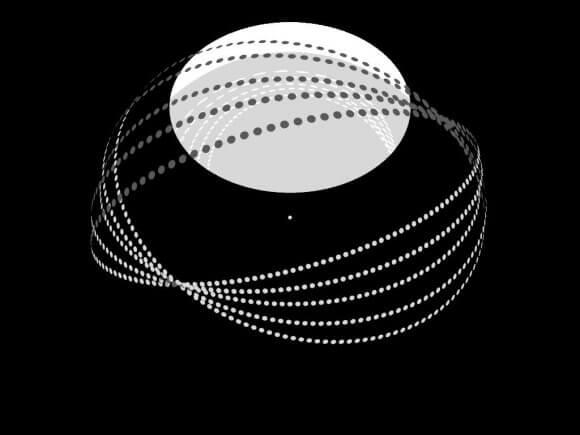
Photons from the star would reflect off the mirror, imparting momentum like a solar sail. The mirror itself would be massive enough that its gravity would attract the star, but the light pressure from the star would keep it from falling in. This would create a slow but steady pressure on the other side of the star, accelerating it in whatever direction the civilization wanted.
Over the course of a few billion years, a star could be relocated pretty much anywhere a civilization wanted within its host galaxy.
This would be a true Type III Civilization. A vast empire with such power and capability that they can rearrange the stars in their entire galaxy into a configuration that they find more useful. Maybe they arrange all the stars into a vast sphere, or some kind of geometric object, to minimize transit and communication times. Or maybe it makes more sense to push them all into a clean flat disk.
Amazingly, astronomers have actually gone looking for galaxies like this. In theory, a galaxy under control by a Type III Civilization should be obvious by the wavelength of light they give off. But so far, none have turned up. It’s all normal, natural galaxies as far as we can see in all directions.
For our short lifetimes, it appears as if the sky is frozen. The stars remain in their exact positions forever, but if you could speed up time, you’d see that everything is in motion, all the time, with stars moving back and forth, like airplanes across the sky. You just need to be patient to see it.


